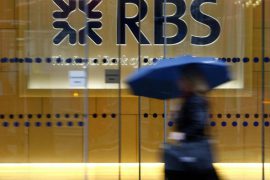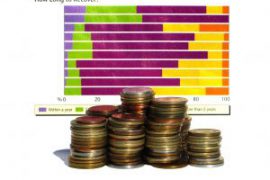Many banks and building societies offer better rates for those who are prepared to lock their money away for anything between one and five years.
These deals are typically known as fixed rate savings accounts or fixed rate bonds because the rate is set for the term.
Some accounts offer stepped rates whereby the amount paid grows for every year you are saving with that institution. But even then, the rate will be set in advance and won’t change, regardless of any outside influences such as the Bank of England base rate.
This is in contrast to normal savings account where the rate is variable and you often have access to your money when you want.
Often, when banks and building societies are struggling to raise money to lend as loans and mortgages they raise their fixed savings rates to attract cash in that they know they can count on for a number of years.
Pros of fixed rate savings accounts
The big advantage is the rate. Because you are locking your money away, meaning providers have the certainty of knowing how long they will be able to use your cash, they can reward you with a better return than you would expect for a an account that allows easy access. The longer you fix, the higher the rate, in most cases.
And if the base rate falls, which would mean the returns on most variable savings accounts would also drop, you will not lose out through lower interest on your cash in a fixed account because the rate is pre-determined.
Cons of fixed rate savings accounts
Fixed rate savings accounts are only suitable for those who won’t need their money during the term because it is locked away.
Therefore, those saving to buy a property in the coming years or who have no other access to an emergency fund would be best with an account that provides access.
A few fixed accounts allow withdrawals but usually with a hefty penalty – sometimes the loss of all interest earned.
Also, if interest rates in the economy rise, you won’t benefit because the return is fixed.




